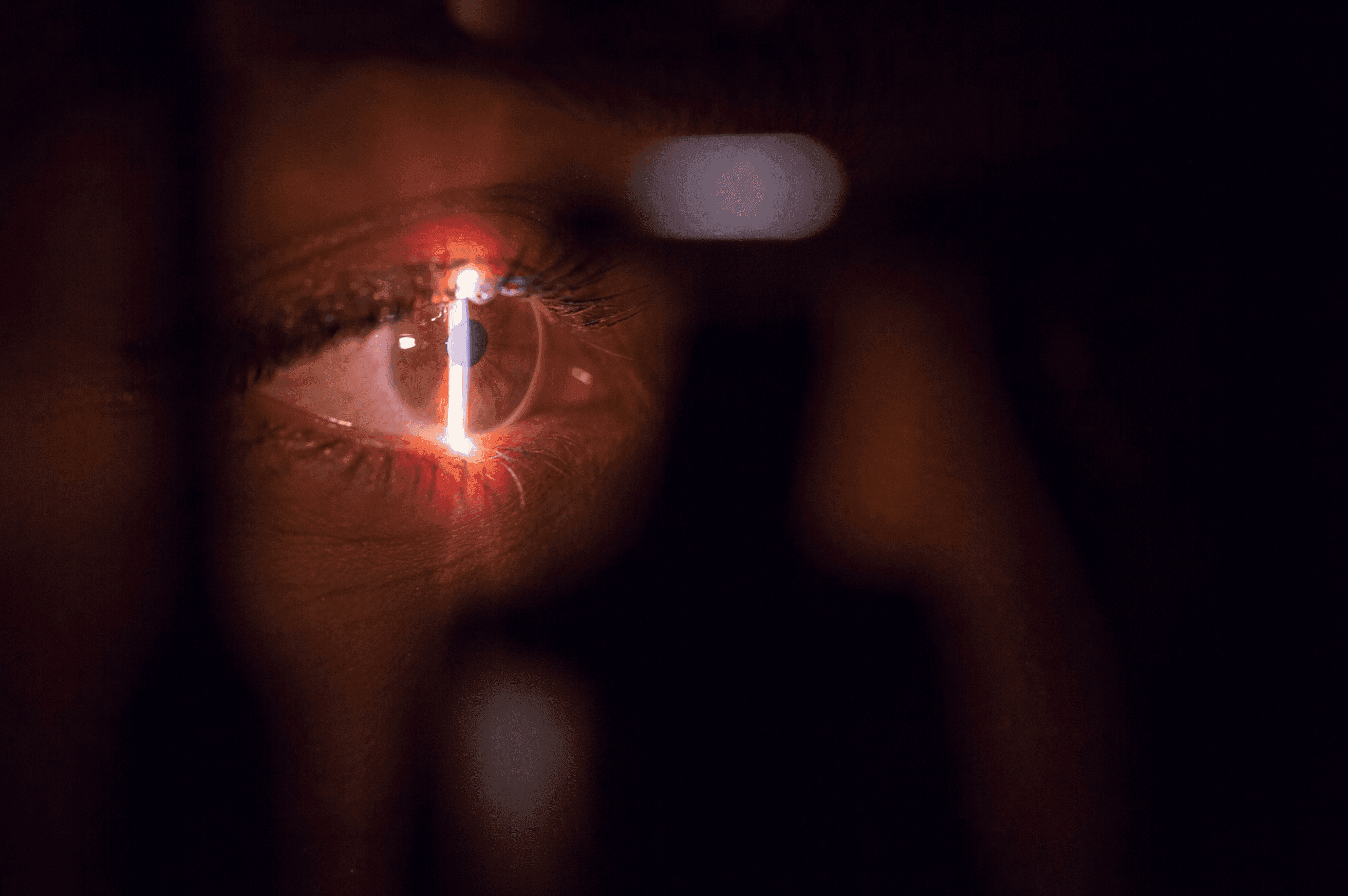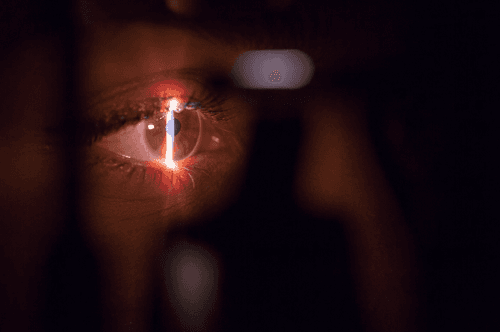


Keratoconus is a progressive eye disorder that causes the cornea to thin and bulge into a cone-like shape, leading to distorted vision and discomfort for sufferers. Fortunately, advancements in eye care have introduced innovative treatments such as corneal cross-linking surgery to halt the progression of this condition and improve patients' quality of life.
Keratoconus is a condition where the cornea, the eye’s clear front surface, weakens and thins, causing it to bulge into a cone shape. This distortion results in blurry vision, light sensitivity, and worsening nearsightedness or astigmatism. The condition typically progresses slowly, affecting visual clarity and reducing the effectiveness of corrective lenses. Early detection and treatment are crucial in managing symptoms and slowing the progression of the condition to preserve vision.
Cross-linking surgery, also known as corneal cross-linking surgery, is a minimally invasive procedure designed to strengthen the cornea and prevent further deterioration caused by keratoconus. During the procedure, a special riboflavin solution is applied to the cornea, which is then activated by ultraviolet (UV) light. This combination creates new cross-links within the corneal collagen, increasing its strength and stability.
Halts Disease Progression: One of the primary benefits of cross-linking surgery is its ability to halt the progression of keratoconus. By strengthening the cornea, the procedure helps prevent further thinning and bulging, preserving vision and reducing the need for more invasive treatments such as corneal transplants.
Improved Vision: Cross-linking surgery can also lead to improvements in visual acuity for patients with keratoconus. As the cornea becomes more stable, patients may experience clearer and sharper vision, reducing the reliance on corrective lenses such as glasses or contact lenses.
Long-Term Results: Studies have shown that the benefits of cross-linking surgery are long-lasting, with many patients experiencing stable vision for years following the procedure. This means fewer visits to the eye doctor and a reduced risk of complications associated with progressive keratoconus.
Minimally Invasive: Unlike traditional surgical interventions for keratoconus, such as corneal transplants, cross-linking surgery is a minimally invasive procedure that can be performed in an outpatient setting. This means less downtime for patients and a quicker recovery period compared to more invasive treatments.
Preserves Corneal Tissue: Cross-linking surgery helps preserve the patient's existing corneal tissue, making it a more conservative treatment option compared to corneal transplants. By strengthening the cornea and preventing further deterioration, the procedure helps maintain the structural integrity of the eye.
Once the cross-linking surgery is complete, proper post-operative care is crucial to ensure optimal healing and reduce the risk of complications. Your ophthalmologist will provide detailed instructions on how to care for your eyes following the procedure, but here are some general guidelines to keep in mind:
The recovery period following cross-linking surgery varies from person to person, but here are some common experiences and milestones you may encounter:
In addition to following the recommended post-operative care guidelines, there are certain activities and habits you should avoid during the recovery period:
Read Also - A Guide to Corneal Cross-Linking Surgery
Proper post-operative care is essential for ensuring a smooth and successful recovery following cross-linking surgery. By following your ophthalmologist's instructions and taking proactive steps to protect your eyes, you can promote healing and enjoy the long-term benefits of this innovative treatment for keratoconus. If you have any questions or concerns about your recovery process, don't hesitate to reach out to your eye care provider for guidance and support.
Schedule a consultation with Clearview Eye & Laser Medical Center to learn more about how cross-linking surgery can benefit you or a loved one. Don't let keratoconus compromise your vision—take control of your eye health today.
Q1. Does cross-linking improve keratoconus?
Ans: Yes, corneal cross-linking improves keratoconus by strengthening the cornea and slowing its progression. This keratoconus treatment stabilizes vision and prevents further thinning. The corneal cross-linking procedure is minimally invasive, with a recovery time of a few weeks.
Q2. What are the benefits of keratoconus surgery?
Ans: Corneal cross-linking surgery is a minimally invasive keratoconus treatment that strengthens the cornea, halting disease progression and preserving vision. This procedure may improve visual acuity, reduce the need for corneal transplants, and has a relatively short recovery time
Q3. What is the best vision correction for keratoconus?
Ans: Corneal cross-linking surgery is an effective keratoconus treatment that stabilizes the cornea and prevents further thinning. The corneal cross-linking procedure strengthens collagen fibers, improving corneal shape. Cross-linking recovery time varies, usually lasting a few weeks.
Q4. What is the success rate of corneal cross-linking?
Ans: Corneal cross-linking surgery is an effective keratoconus treatment that helps strengthen the cornea and prevent further deterioration. The procedure stabilizes vision and slows disease progression. Recovery time varies, but most patients resume normal activities within weeks after cross-linking eye surgery.
Q5. What aggravates keratoconus?
Ans: Keratoconus progression can be aggravated by factors such as chronic eye rubbing, constant eye irritation, and poorly fitting contact lenses. These actions may lead to further thinning and bulging of the cornea, worsening vision distortion. To manage keratoconus effectively, treatments like corneal cross-linking surgery can help stabilize the cornea and prevent progression.

Call Us: (858) 452-3937
8:30AM - 7:00 PM - Monday through Saturday (Saturday until 11:30AM)